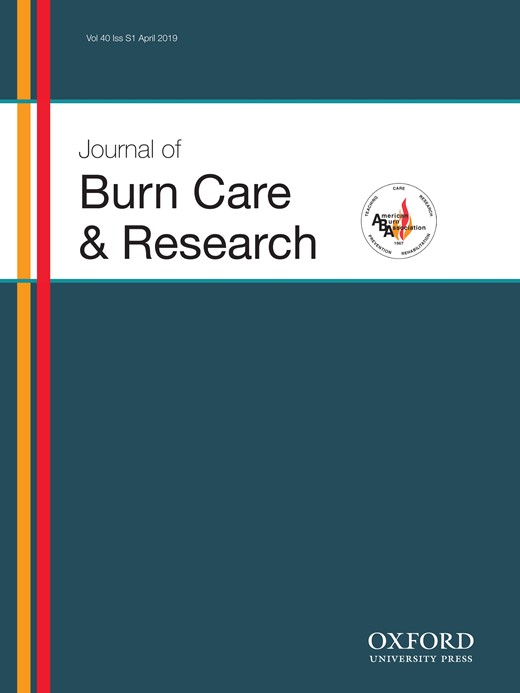-
Views
-
Cite
Cite
D Kym, 3 Comparative Usefulness of Sepsis-3, Burn Sepsis, and Conventional Sepsis Criteria in Patients with Major Burns, Journal of Burn Care & Research, Volume 40, Issue Supplement_1, April 2019, Page S6, https://doi.org/10.1093/jbcr/irz013.007
Close - Share Icon Share
Abstract
We evaluated the ability of the new sepsis (S3) criteria to accurately determine the mortality in severe burns patients with sepsis, relative to that of the previous definition of sepsis (S1) and burn sepsis (BS).
This was a retrospective cohort study conducted at the Burn Intensive Care Unit, Korea. We enrolled 1,185 adult patients (mean age: 49·1 years) admitted between January 2009 and December 2015. Of these, 565 were diagnosed with sepsis based on BS criteria. All 1,185 patients were then re-evaluated based on S1 and S3 criteria, following which 809 patients were diagnosed with sepsis based on S3 criteria. For diagnostic performance, sensitivity, specificity, predictive value, and likelihood ratio were calculated. The area under the curve (AUC) of the receiver operating characteristic curve was calculated to determine the accuracy of mortality prediction. The optimal cut-off value of SOFA score was calculated by the decision tree method.
Results:
Total body surface area (TBSA) burned was 46.4%. Patients were identified with sepsis using S1 (812), S3 (809), and BS (565) criteria. Overall mortality was 20.3%; highest (82.2%) and lowest (26.5%) occurred with new septic shock (SH3) and S3, respectively. The sensitivity and specificity for BS (84.6% and 61.8%) and SH3 (63.1% and 96.5%) were reported. AUC values for SOFA scores were the highest in all sepsis categories. With SOFA score ≥6 (with infection), the accuracy was 0.86 (95% CI, 0.82 ~ 0.89).
The new sepsis criteria failed to show superior prognostic accuracy for mortality in severely burned patients. SOFA score more than 6 may be a better criterion for the diagnosis of sepsis in burns patients.
In the present study, the new definition of sepsis (S3) proposed by the Third International Consensus failed to exhibit diagnostic performance superior to that of previous criteria in patients with severe burns. Although we also observed that SH3 criteria were less sensitive and more specific than SH1 and BSH criteria, our findings indicate that this definition should be adapted to include SOFA score as an indicator of organ dysfunction, for which patients with burns are particularly at risk. Furthermore, our results suggest that SOFA score may be a better indicator of mortality than SH3 criteria. Future studies should examine additional clinical and biochemical criteria for the stratification of sepsis risk and identification of sepsis prior to the onset of organ dysfunction.
- sepsis
- septic shock
- third heart sound
- adult
- area under curve
- body surface area
- burns
- decision trees
- intensive care unit
- korea
- roc curve
- infections
- diagnosis
- mortality
- patient prognosis
- organ failure
- likelihood ratio
- stratification
- consensus
- sequential organ failure assessment scores
- third international consensus definitions for sepsis and septic shock (sepsis-3)





